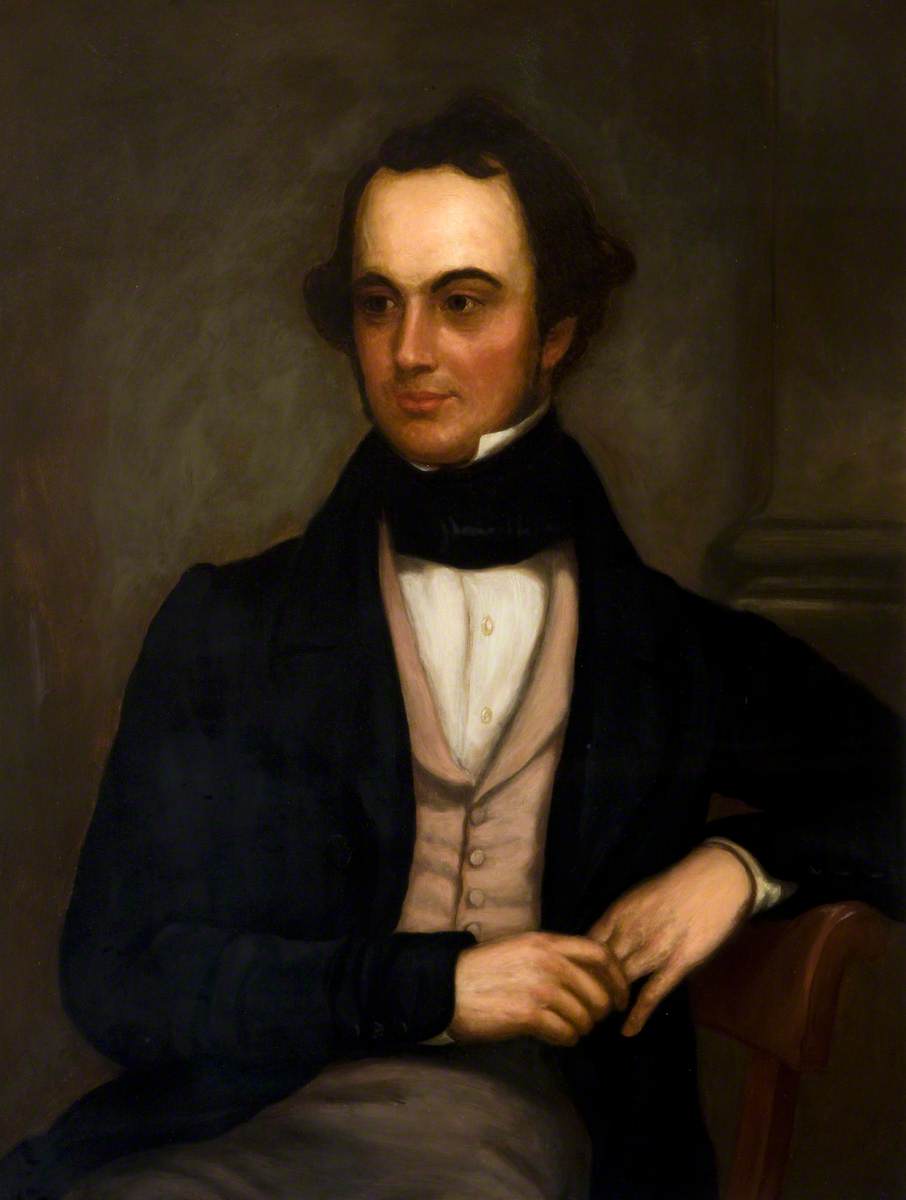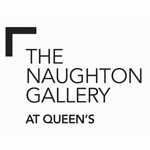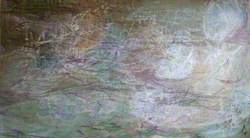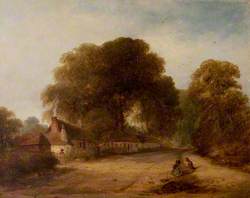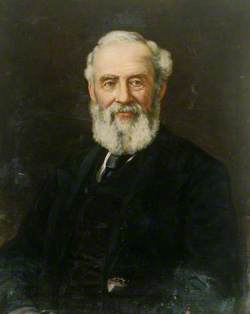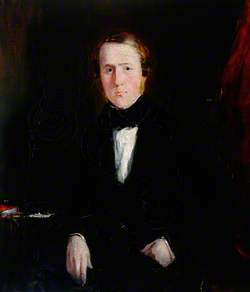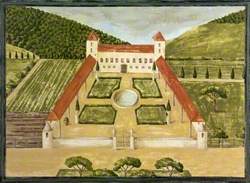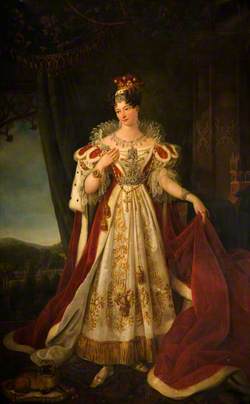How you can use this image
This image is available to be shared and re-used under the terms of the Creative Commons Attribution-NonCommercial-ShareAlike licence (CC BY-NC-SA).
This image can be reproduced in any way but your use of it cannot be for any kind of commercial purpose. Any work you create using this image must also be
Wherever you reproduce the image or an altered version of it, you must attribute the original creators (acknowledge the original artist(s), the person/organisation that took the photograph of the work) and any other stated rights holders.
Review our guidance pages which explain how you can reuse images, how to credit an image and how to find more images in the public domain or with a Creative Commons licence available.
DownloadNotes
Add or edit a note on this artwork that only you can see. You can find notes again by going to the ‘Notes’ section of your account.
Charles Lanyon was born in Sussex in 1813. As a young man, he was apprenticed to Jacob Owen of the Dublin Board of Public Works. He married Owen’s daughter, and was appointed County Surveyor for Kildare. In 1835, at his own request, he transferred to the surveyorship of Antrim, holding the post until 1860. In 1843, along with engineer John Frazer, Lanyon built the new Queen’s bridge across the river Lagan. Two years later, Lanyon made his name as an architect with his adaptation of the 1775 Assembly Rooms building in Waring Street. He then went on to design and build the Crumlin Road Gaol (1846) and Courthouse (1850), the Tudor revival main building at Queen’s College (1849, now the Queen’s University), and the nearby Presbyterian College (1853).
Relying increasingly on his pupil and partner, W. H. Lynn, and on his son John, Lanyon involved himself in the public life of the city. He became Mayor of Belfast in 1862, and was Conservative MP for the city between 1866 and 1868. In 1868 he was also knighted.
Title
Sir Charles Lanyon (1813–1889)
Date
c.1840/1945
Medium
oil on canvas
Measurements
H 91.5 x W 71 cm
Accession number
QUB 77
Acquisition method
gift, 1950
Work type
Painting
Inscription description
Not inscribed
